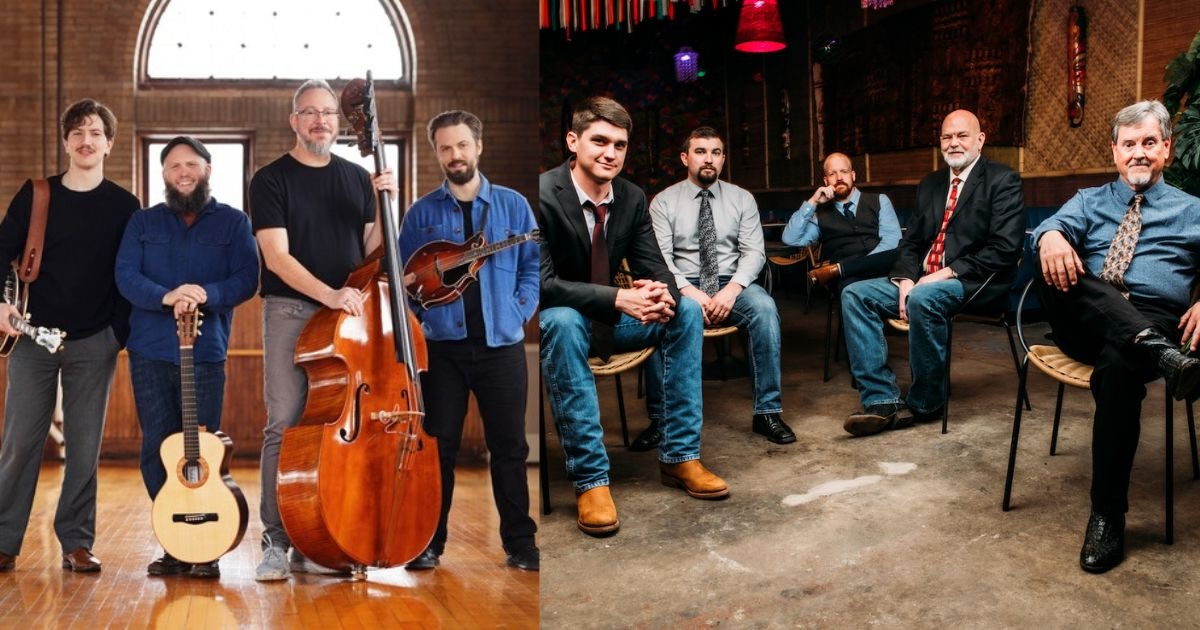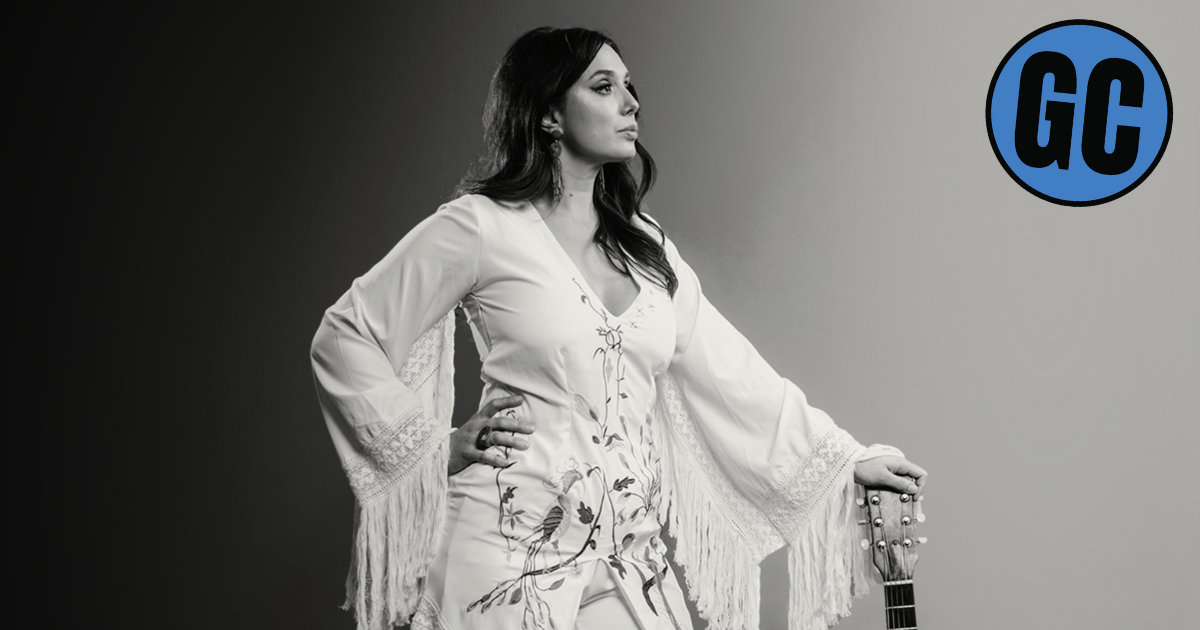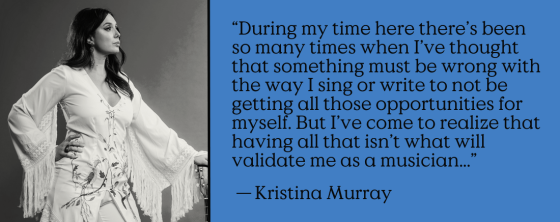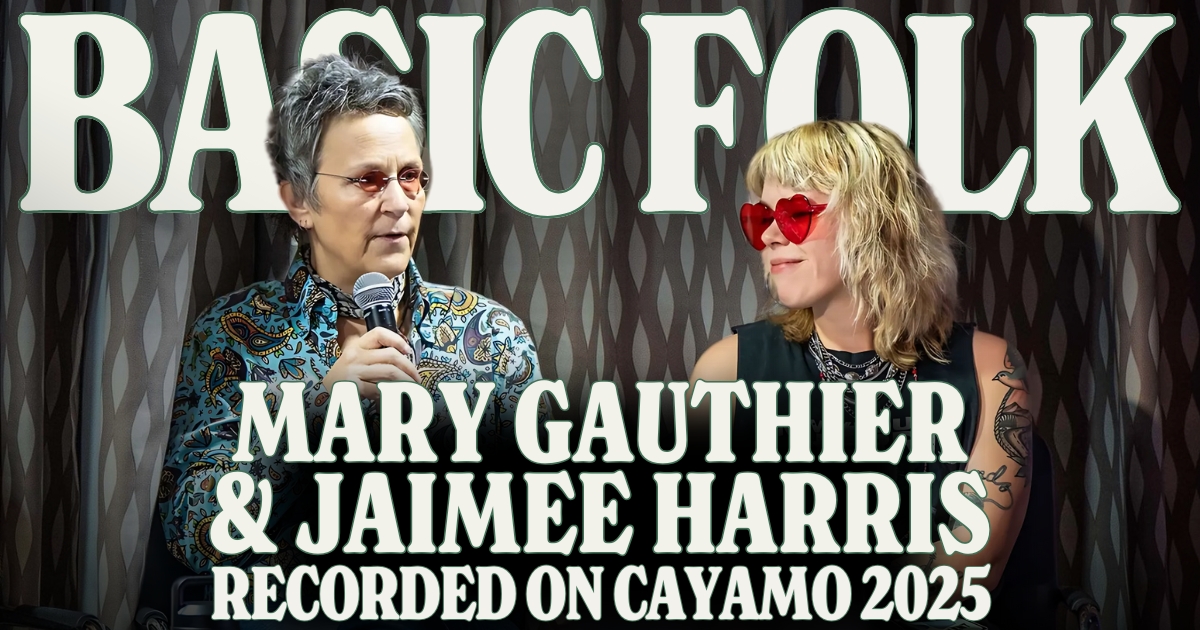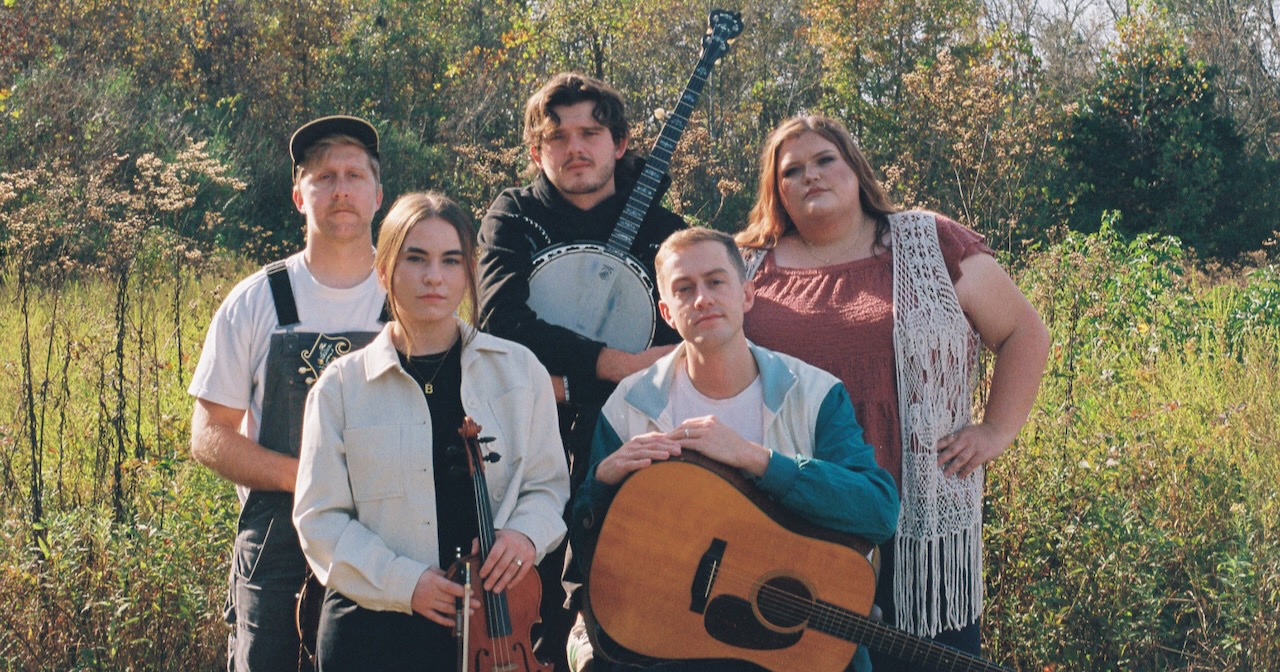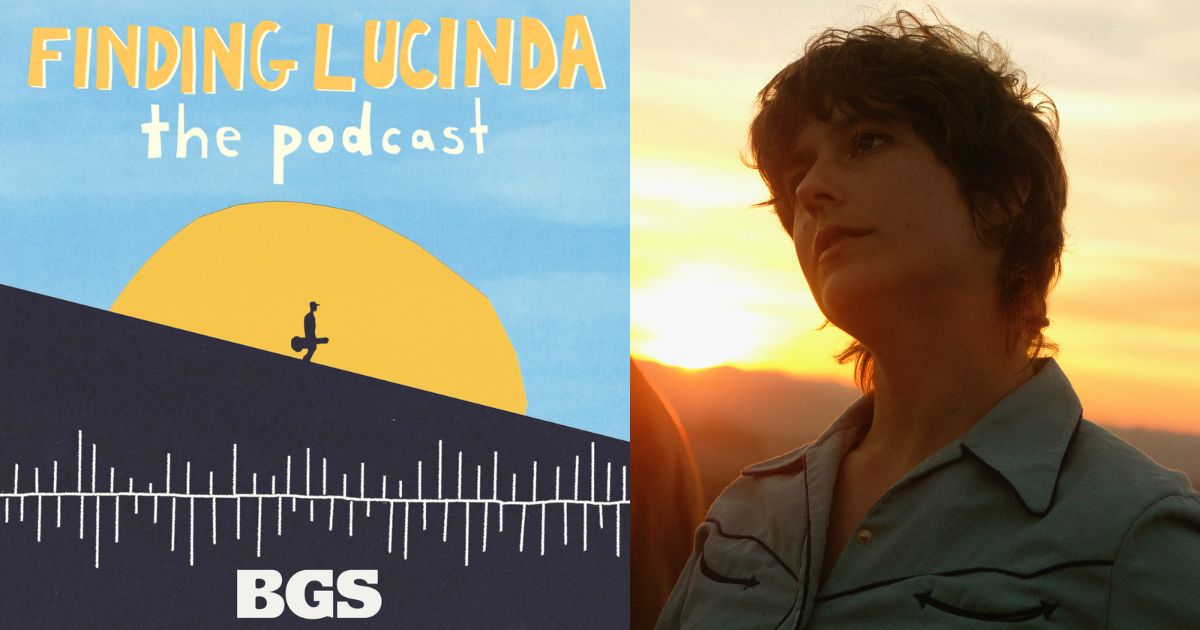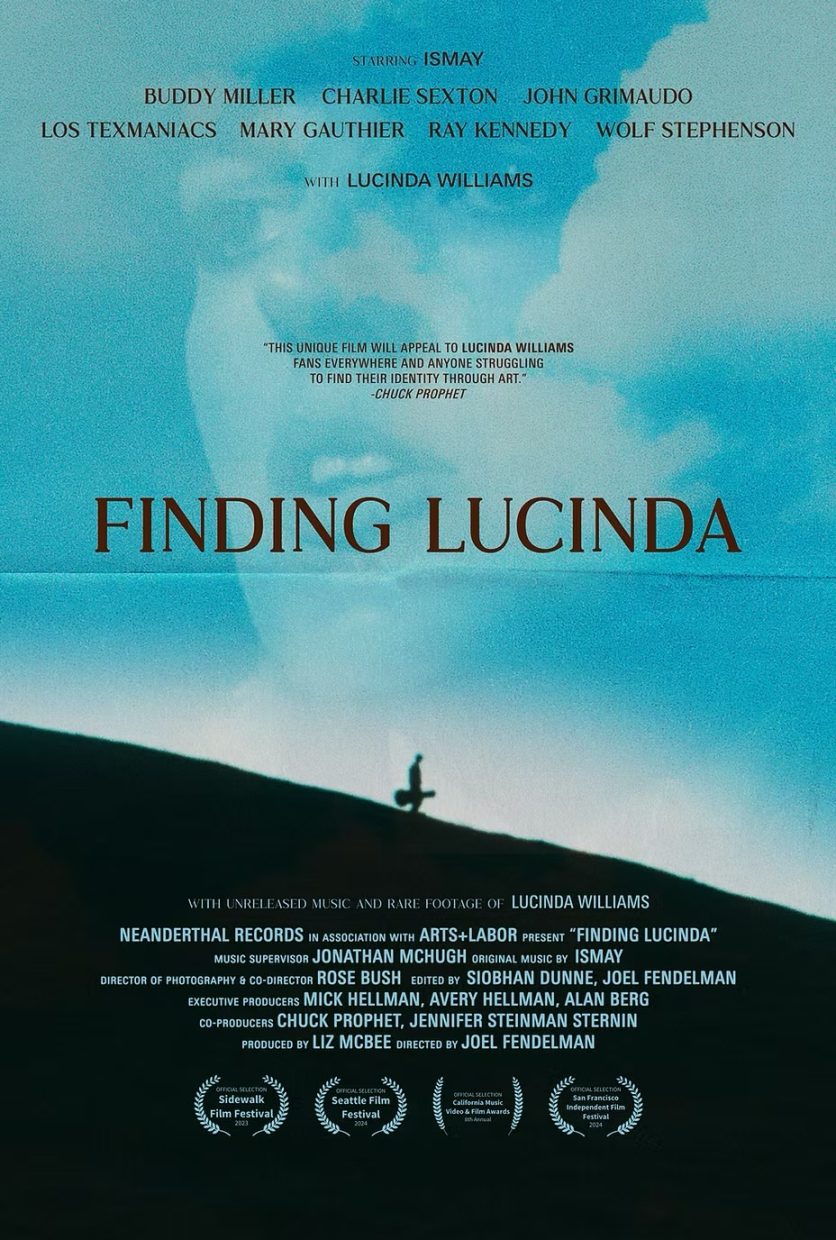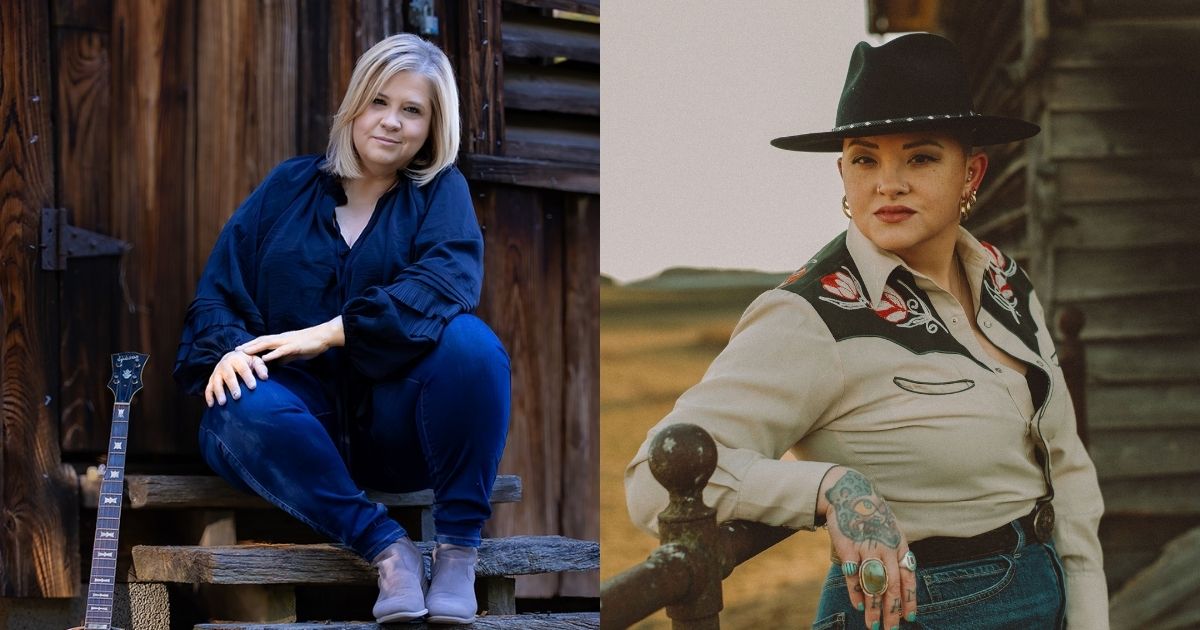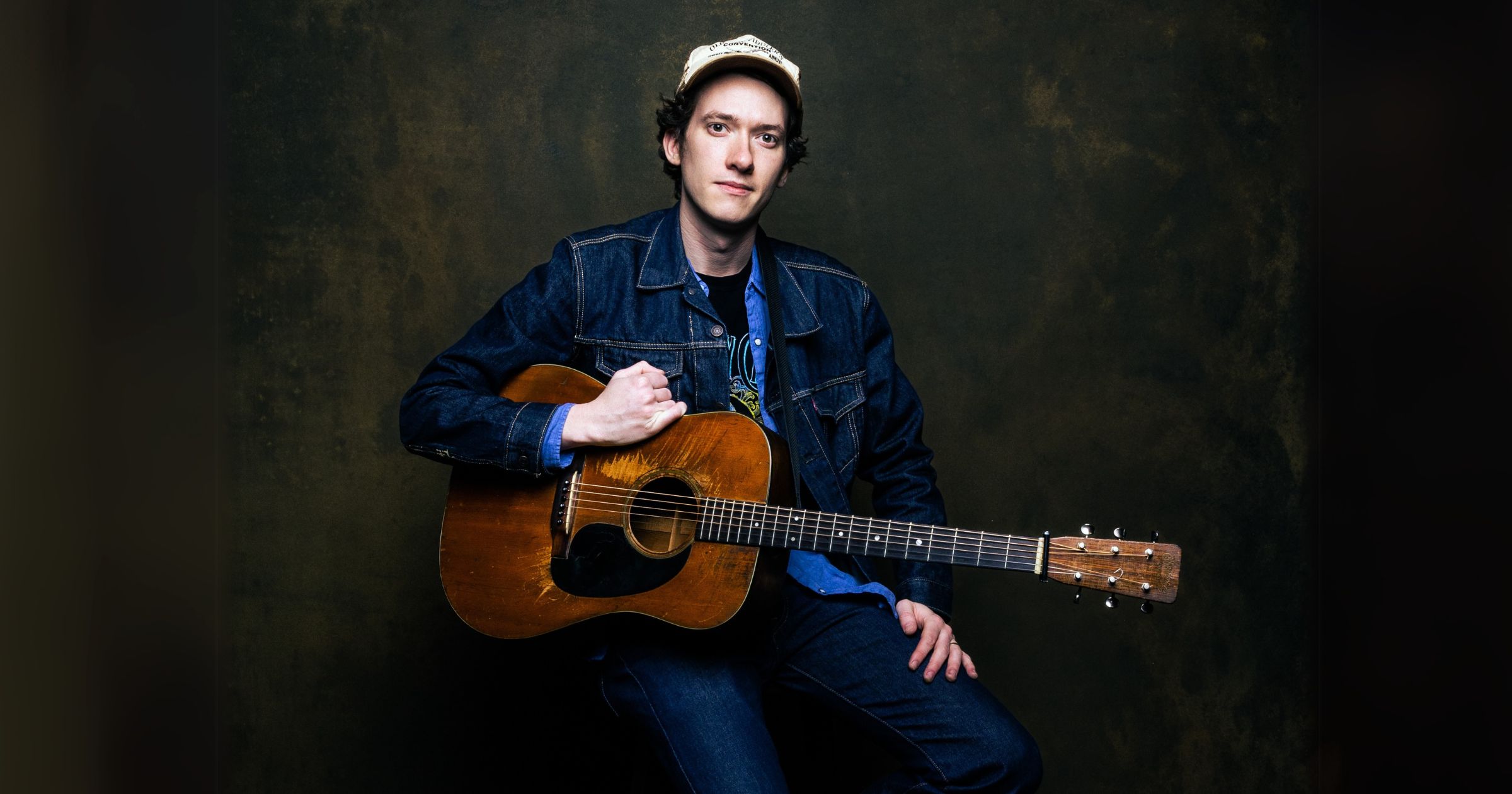Okay, we say it every week, but really– You Gotta Hear This! Our weekly premiere and new music roundup includes bluegrass, the blues, Americana, indie, bebop influences, and so much more.
LA’s American Mile kick us off with a music video for “Waiting on a Sunday,” which is equal parts roots rock and alt country – into Tom Petty vibes? This one’s for you! The song was inspired by a mundane gas station encounter on a silent pandemic Sunday. Singer-songwriter Meir Levine also launches “I Wish It Was Over,” an indie rock-tinged Americana track with poppy textures that considers closure, moving on, and looking ahead.
Unfortunately, two of our string bands below have the blues this week! EZRA, a talented new acoustic quartet with bluegrass roots and a stacked roster of pickers, bring us a performance video for “Basically a Blues,” where they turn a typical 12-bar blues progression inside out and upside down with acrobatic, virtuosic picking. Plus, Lonesome River Band’s new single, “Blues,” is an Adam Wright-written song featuring Rod Riley on Telecaster. That track is from their upcoming project, Telegrass, and we’re receiving the message loud and clear.
Singer-songwriter Mac Cornish covers Danny O’Keefe’s “The Road” with a deliciously retro, twangy ’70s sound that’s appropriately melancholic and full of life, too. Elsewhere in our roundup, you’ll hear Julia Sanders, who’s also inhabiting grief, sadness, and nostalgia in a video for her new single, “Star Stickers,” during which her listeners will certainly be able to picture glow-in-the-dark decorations stuck haphazardly to their childhood ceilings.
Make sure to scroll all the way to the bottom, though, as you won’t want to miss “Foxology” from Tokyo’s Thompson the Fox, an exciting newgrass quartet with an uncommon lineup: banjo, bass, drums, and xylophone. It’s fantastic music, bebop and jazz influences leading to sonic surprises around every twist and turn of the original melody. When this one arrived in our inboxes, we were immediately charmed and entranced. You will be, too.
It’s all right here on BGS and, simply– You Gotta Hear This!
American Mile, “Waiting on a Sunday”
Artist: American Mile
Hometown: Los Angeles, California
Song: “Waiting on a Sunday”
Album: American Dream
Release Date: May 2, 2025 (single); June 6, 2025 (album)
In Their Words: “When I was writing ‘Waiting on a Sunday,’ I was on a couch in Vermont. It was silent and my thoughts were the only thing around. It was 2020, in the middle of the pandemic, and I walked to the gas station up the street, ’cause nothing was coming to me in that silence. There was a lady at the gas pump trying to wrestle her kids into the car and pump gas at the same time. I thought I recognized her from high school, so I helped her pump her gas while she dealt with her kids. She told me a little bit about her life and the struggles of being a single mom; she was heading to church that morning. It all kind of flooded into my mind at that point and I wrote most of the lyrics that day. I thought to myself, ‘We’re all in a way waiting for a Sunday,’ whatever that means to us.” – Eugene Rice
Mac Cornish, “The Road”
Artist: Mac Cornish
Hometown: Nashville, Tennessee
Song: “The Road”
Release Date: May 1, 2025
In Their Words: “‘The Road’ by Danny O’Keefe has been one of my favorite songs for years, because of Danny’s melancholic but beautiful lyrics about life on the road. Danny’s writing in general has always been important to me, but as time has passed and I’ve toured more, this song keeps resonating with me more. I started covering it with my backing band about a year ago and it quickly became a staple in our set and a favorite of our audiences. This past December we went into the studio and recorded the whole thing to tape, really trying to emulate the early ’70s sounds of this song, but also give our own spin on it. Our two acoustic guitars lay as the foundation for our version of the song. The bass and drums drive the song forward, but never distract from the delicate Travis picking. The pedal steel weeps through the whole song, emphasizing certain lyrics and complementing the vocal melody. I’m proud of my take on this ’70s classic and am excited to add my name to the list of artists who have covered this song.” – Mac Cornish
Track Credits:
Mac Cornish – Acoustic guitar, vocals
Bailey Warren – Acoustic guitar, backing vocals
Trevor Stellflug – Pedal steel
Jacob Miller – Bass
Hunter Maxson – Drums
EZRA, “Basically a Blues”
Artist: EZRA
Hometown: Oberlin, Ohio
Song: “Basically a Blues”
Album: Froggy’s Demise
Release Date: May 9, 2025
Label: Adhyâropa Records
In Their Words: “‘Basically a Blues’ takes the standard chords used in a 12-bar blues and flips them upside down. All the well-known bluesy harmonies become diminished when doing this, and I found the sound to be fairly intriguing. I especially love the solos and trades that Max [Allard] and Jake [Jolliff] take over this quirky tune and have to give major kudos to Craig [Butterfield] who burns constant 8th notes for the duration.” – Jesse Jones, guitar
Track Credits:
Jacob Jolliff – Mandolin
Max Allard – Banjo
Jesse Jones – Guitar, composer
Craig Butterfield – Double bass
Meir Levine, “I Wish It Was Over”
Artist: Meir Levine
Hometown: Upstate & Brooklyn, New York
Song: “I Wish It Was Over”
Album: Long & Lonely Highway
Release Date: June 6, 2025
Label: First City Artists
In Their Words: “‘I Wish It Was Over’ came in one of those exceedingly rare moments, where I woke up one morning and the song was already fully formed in my head. The song covers a pretty simple message I think, about the things that we can’t seem to let go of, that we seek out just to feel something – even if it’s bad or harmful to us.” – Meir Levine
Track Credits:
Meir Levine – Songwriter, vocals, guitars
Andrew Freedman – Producer, piano, keyboards
Will Graefe – Electric guitars, acoustic guitars
Jeremy McDonald – Bass
Mike Robinson – Pedal steel, guitars
Jordan Rose – Drums
Lonesome River Band, “Blues”
Artist: Lonesome River Band
Hometown: Floyd, Virginia
Song: “Blues”
Release Date: May 2, 2025
Label: Mountain Home Music Company
In Their Words: “We’ve all had the ‘Blues’ in our lives, but this Adam Wright song sees the ‘Blues’ in a whole different light. It’s a lighthearted break from the sad songs – one that we have a ton of fun with. Featuring our good friend Rod Riley on the Telecaster, it comes from our upcoming Telegrass project.” – Sammy Shelor
Track Credits:
Sammy Shelor – Banjo, harmony vocal
Jesse Smathers – Acoustic guitar, harmony vocal
Mike Hartgrove – Fiddle
Adam Miller – Mandolin, lead vocal
Kameron Keller – Upright bass
Rod Riley – Electric guitar
Julia Sanders, “Star Stickers”
Artist: Julia Sanders
Hometown: Asheville, North Carolina
Song: “Star Stickers”
Album: Dark Matter
Release Date: May 16, 2025
In Their Words: “Usually my songwriting process is the same. I start with a melody and then lyrics start to unfold as the idea of the song becomes more distilled. With this one, the chorus came lyrics, melody, and all, as I was laying in bed getting my daughter to sleep one night. I had been asking myself, ‘What am I avoiding writing about?’ and maybe more than any other theme, was my challenging and painful relationship with my own mother. My mother struggled with mental health her whole life and in her own pain, she hurt those around her. Just before I started working on this album, she was diagnosed with ALS. Her physical decline was very quick and heartbreaking. The grief was heavy, complicated, and messy. Lying in my daughter’s bed that night, watching the yellow-green glow of star stickers on the ceiling, I felt like I was time-traveling – to my own childhood bedroom, needing my mother to be different than she could be, then back to this room, trying hard to be a different kind of mother for my own children, and then to the future, where nothing is known except that none of this lasts.” – Julia Sanders
Track Credits:
Julia Sanders – Vocals, songwriter
John James Tourville – Guitar
Steve Earnest – Baritone guitar
Landon George – Bass
Bryce Alberghini – Drums
Video Credit: Ashlyn McKibben
Thompson the Fox, “Foxology”
Artist: Thompson the Fox
Hometown: Tokyo, Japan
Song: “Foxology”
Album: The Fox In Tiger’s Clothing, vol. 1: FOX
Release Date: May 3, 2025
Label: Prefab Records
In Their Words: “We’re a Tokyo-based instrumental quartet with a unique lineup – xylophone, banjo, bass, and drums. Each member comes from a different musical background: Rie Koyama (xylophone) from classical music, Tomohito Yoshijima (drums) from jazz, and Akihide Teshima (bass) and I (banjo) from bluegrass.
“Writing tunes for such an unconventional instrumentation always feels like an experiment. I’ve long had the idea that the rapid melodic lines and complex syncopation of bebop would suit the xylophone and banjo. So I wrote this tune with strong influences from Charlie Parker – which is why I named it ‘Foxology.’
“It was a lot of fun coming up with the A section melody that can be played in melodic style on the banjo, so is the B section featuring a double-stop chromatic scale played on the xylophone with four mallets. We hope you enjoy our new album!” – Takumi Kodera, banjo
Track Credits:
Rie Koyama – Xylophone
Takumi Kodera – Banjo, composer
Akihide Teshima – Bass
Tomohito Yoshijima – Drums
Photo Credit: EZRA by Tanya Rosen-Jones; Lonesome River Band by Sandlin Gaither.
